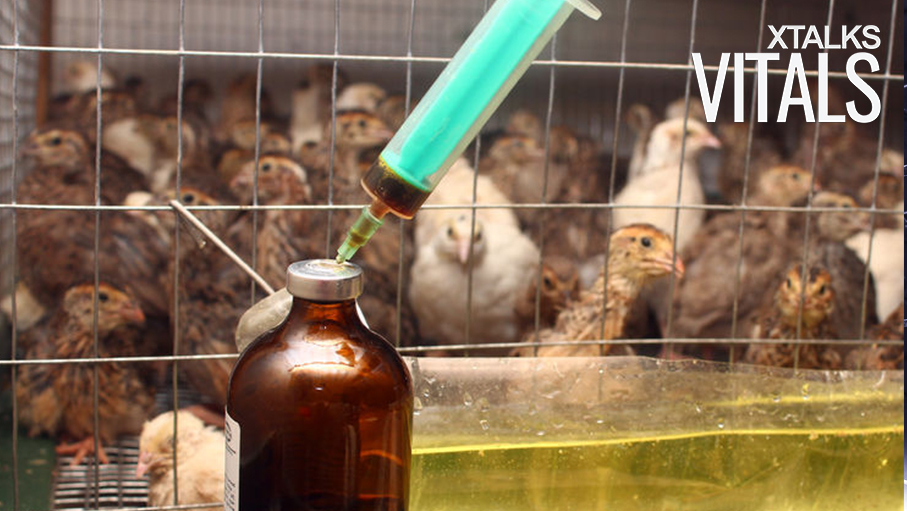The US Food and Drug Administration (FDA) has recently released its final rule requiring pharmaceutical companies to report sales data for all antibiotics used in various types of food-producing livestock. The rule – which goes into effect in 60 days – could help the agency understand how the drugs are used to raise hogs, cattle, chickens, or turkeys destined for human consumption.
Consumer groups and lawmakers have put considerable pressure on the FDA to collect and analyze this data to determine its contribution to the growing problem of antibiotic resistance. According to the Centers for Disease Control and Prevention (CDC), antibiotic resistance has contributed to 2 million cases of illness and 23,000 deaths in the US.
The National Resources Defense Council reports that approximately 70 percent of antibiotics used to treat humans, are also given to livestock. While antibiotics are given to food-producing livestock prophylactically to prevent disease, they’re also used to promote weight gain.
Fatter livestock leads to increased food production, which can be a powerful motivator to encourage unnecessary antibiotic use. As many antibiotics are approved both to treat disease and to encourage growth, producers are free to administer the drugs to their animals.
“If you can look at sales data by species, you can see what food producers are doing with antibiotics,” said Gail Hansen, a public health consultant who specializes in antibiotic resistance and infectious disease. “This isn’t a perfect plan, because sales data doesn’t exactly correlate with antibiotic use, but it can provide useful insight into trends.”
This is the first time the FDA has had access to data which sheds light on how antibiotics are being used by food producers. Before now, the agency could only track total usage of each class of antibiotics in livestock.
A recent report issued by the FDA found a four percent increase in domestic antibiotic use between 2013 and 2014, and a 22 percent increase between 2009 and 2014. According to a study published in 2015, the amount of antibiotics consumed by food-producing livestock is expected to rise by 20 percent between 2010 and 2030.
“This information will further enhance FDA’s ongoing activities related to slowing the development of antimicrobial resistance to help ensure that safe and effective antimicrobial new animal drugs will remain available for use in human and animal medicine,” said Dr. William Flynn, deputy director for science policy in the FDA’s Center for Veterinary Medicine.












Join or login to leave a comment
JOIN LOGIN